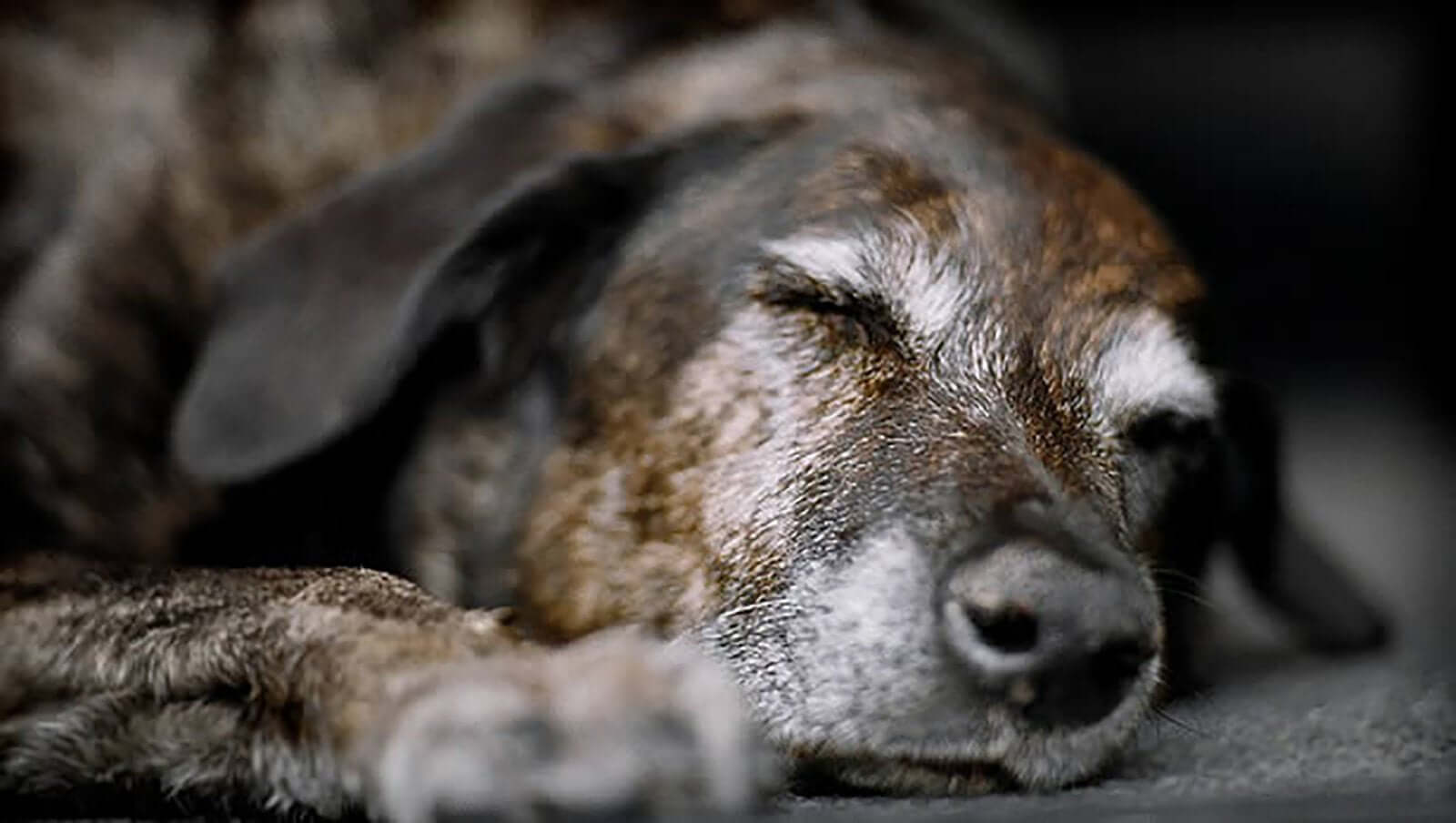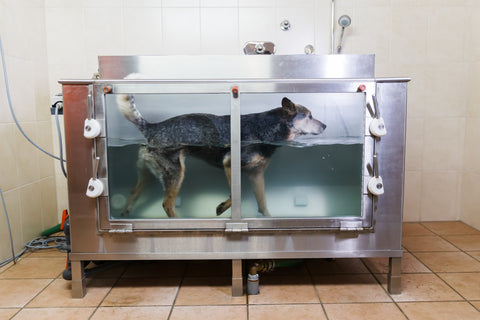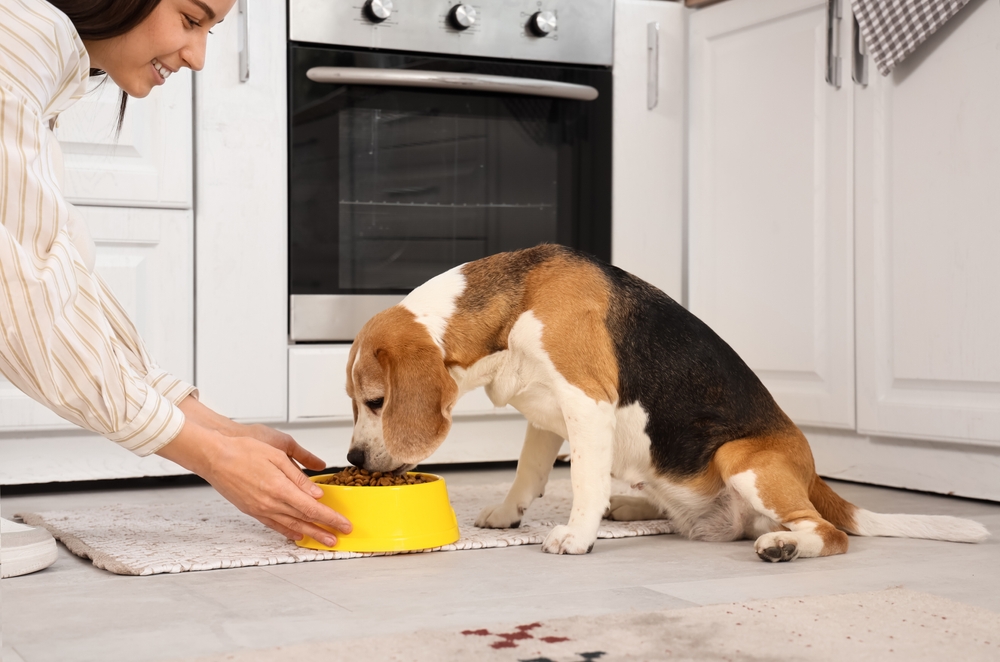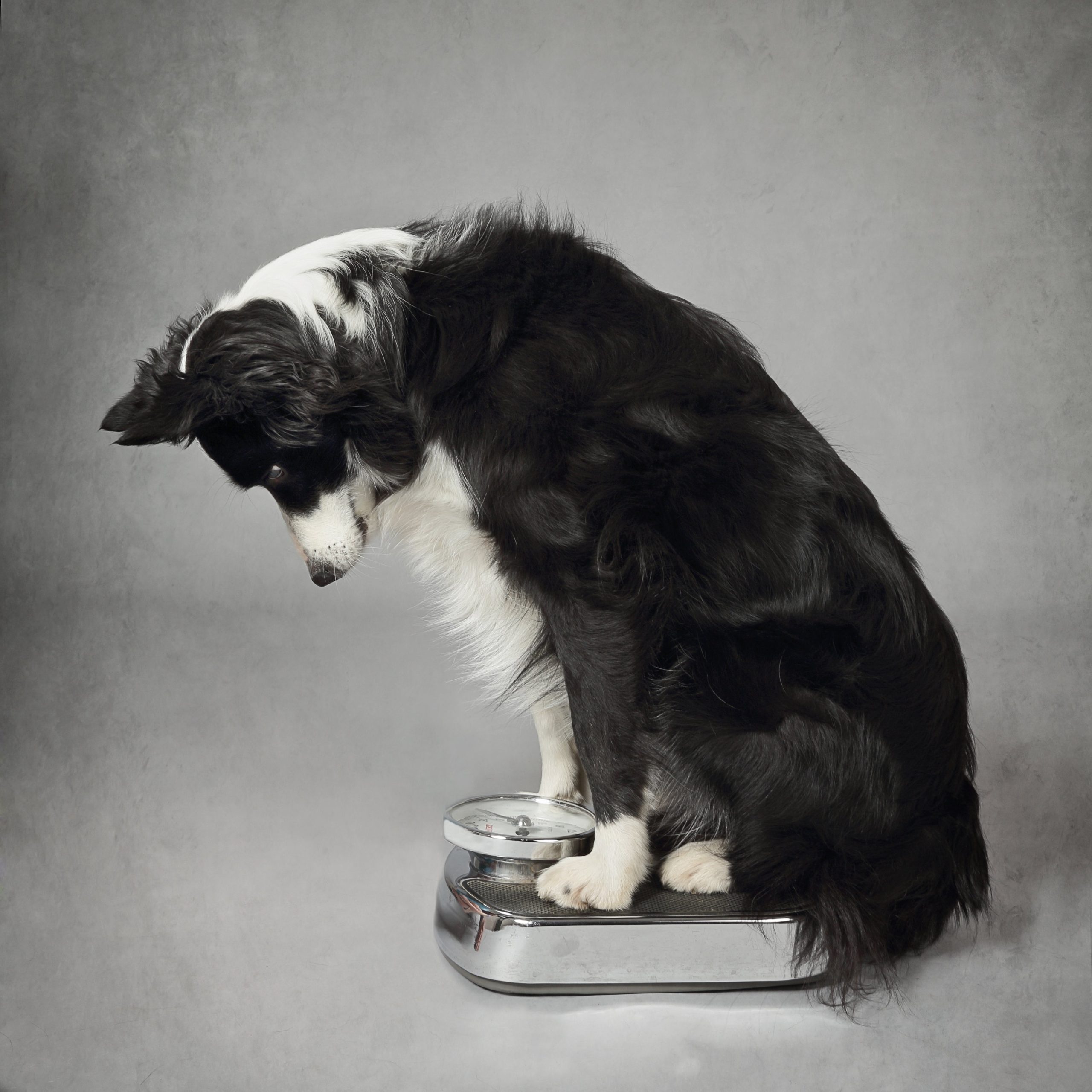
Osteoarthritis in Dogs – Management & Treatment
November 19th 2020
There are a number of ways of controlling the signs of osteoarthritis in dogs, as unfortunately there is no cure, and it’s more a case of managing the problem. However, the good news is that there are many things you can do at home to help your dog feel more comfortable if they are suffering from arthritis.
.
As well as veterinary medicines for arthritic conditions, you can manage the condition with supplements, diet, exercise and therapies such as hydrotherapy and acupuncture. The most successful management of an osteoarthritis case normally utilises a combination of these options tailored to the specific patient – this is known as a multi-modal approach.
.
What Veterinary Prescribed Medicines Might Help?
There are many drugs available to help aid the management of osteoarthritis. The aim of prescribing any medication will be to do one of two things: relieve pain and reduce the inflammation within the joint in order to alleviate any suffering/discomfort your dog may be in, and to improve their mobility.
.
The most commonly prescribed drugs are Non-Steroidal Anti-Inflammatory drugs (NSAIDs) which act to reduce joint inflammation and consequently reduce pain levels. There is a large range of different types available in injectable, liquid and tablet forms. NSAIDs usually start working very quickly but can take a week to get up to full effect. NSAIDs, like any medication, are not without their side effects.
.
Different types and formulations will suit individual dogs in different ways and should always be used with caution at the lowest possible dose. To aid NSAIDs (as their use might not be enough alone to control a dog’s discomfort), other pain-relieving drugs your vet might prescribe include central pain blockers such as Tramadol or Gabapentin and steroids.
There is also Grapiprant (Galliprant), Anti-Nerve Growth Factor monoclonal antibody medication (Bedinvetmab, more commonly known as Librela), Paracetamol and Pentosan Polysulphate (Cartrophen), so if one medication does not suit your dog then there is a large range of other medications that might.
What Supplements Can Help?
There are also many products available without seeking advice from a vet, such as nutraceuticals known as joint supplements. There are several types available, each with different active ingredients.
.
You can choose from Glucosamine, Green Lipped Mussel extract, MSM, Hyaluronic Acid and fish oils (Omega 3 fatty acids), although the most positive research regarding the benefits of supplements and improvements in joint disease are the studies on Omega 3 fatty acids.
The Single Most Important Factor for Managing Osteoarthritis in Dogs
However, out of all the different medicines, supplements and complementary therapies you can provide your dog with the most important factor for dogs with osteoarthritis is keeping them lean or helping them to lose weight if necessary.
.
As discussed here, overweight dogs are much more likely to suffer from osteoarthritis and other joint conditions such as cruciate ligament damage. The correct diet, fed in the right amounts, and a suitable exercise regime can be the single most important thing you can do for your dog with arthritis.
Diet and Osteoarthritis
Weight management is crucial for dogs with osteoarthritis. A light or senior diet that contains lower levels of fat and higher levels of fibre can help. Diets high in fibre and protein have been shown to help satisfy hunger in dogs, but the amount of food must be carefully weighed out by the owner.
.
Electronic scales are the most accurate way to measure the food as measuring cups can only give approximate guidelines. A recent study (German et al, 2014) showed that in order to lose weight, dogs that are lame require even less calories than overweight dogs that are not lame.
.
Apart from maintaining a lean body weight, many senior or light foods will also contain some of the joint supplements recommended for arthritis. However, additional supplements may still be required to get the right dose for each individual dog.
Arthritic Dogs and Exercise
Maintaining some form of exercise regime is important. Anecdotal reports suggest that no exercise at all can be as detrimental as too much exercise for dogs with arthritis.
.
Exercise can help to keep the dog flexible and maintain muscle tone, and shorter, more frequent walks of 5-15 minutes a couple of times a day is much better for keeping them mobile and preventing stiffness than one long walk. Avoid high impact or repetitive activities such as jumping or chasing a ball and encourage gentle exercise such as lead walking and walking on grass rather than hard surfaces.
.
Taking your dog out for a walk is also important for mental stimulation and quality of life. Imagine spending every day within the same four walls or same garden; getting out and about, even just for a few minutes at a time, allows your dog to experience smells and sights that they would miss out on indoors.
Another great idea to keep your dog’s brain active is to try activity or puzzle feeders. These make mealtimes more fun, last much longer and keep your dog engaged.
Environmental Help for you Dog
Orthopaedic beds, ramps and rugs to cover slippery floors should all be considered to help an arthritic dog. Ramps can be purchased for getting in and out of cars or up short flights of stairs.
.
Laminate floors can be slippery for dogs at the best of times; covering them with rugs or using ‘paw wax’ will help your dog’s grip and hopefully prevent further injury from falls. Your dog may also prefer a bed that’s away from draughts and somewhere warmer than they previously slept.
Complementary Therapies
There are also now many types of complementary therapies including hydrotherapy, physiotherapy, acupuncture, laser and massage that may be recommended for the treatment of osteoarthritis. You will need to discuss these therapies with your vet as they will need to give their permission (refer you) before treatment can start.
.
This is because your vet must first diagnose your dog. It is a criminal offence for anyone other than a vet to diagnose your dog and illegal for non-vets to treat your dog unless they have the express permission from your vet first.
Hydrotherapy
Exercising in water is now commonly recommended for dogs with joint disease. There are generally two types of hydrotherapy available: swimming and using an underwater treadmill. Both exercises take place in warm water. This is because warm water helps increase blood flow to the muscles.
.
As blood circulates it brings nutrients and oxygen to the muscles and joints helping them to repair. Cold water restricts the blood vessels and does not aid the dog in the same way. Swimming in a river or the sea therefore does not have the same benefit, and the dog will often be jumping and running in and out the water rather than swimming all the time. Swimming is known as a non-weight bearing exercise. This means that the weight of the dog is supported by the natural buoyancy of the water, not the joints.

This allows the dog to exercise, increasing muscle strength and range of joint movement without the same impact to the joints as normal exercise. Exercising in water is also an excellent way of burning calories, which is great for overweight, arthritic dogs. The underwater treadmill involves the dog walking on a treadmill through water.
.
Although the dog is not fully supported by the water as it’s not deep enough, the presence of the warm water can help reduce impact to the joints and allows the dog to improve joint flexibility and learn how to correctly place his/her feet again.
Physiotherapy
Physiotherapy in dogs involves a series of ‘hands-on’ techniques including massage, heat treatment, stretching, exercises and electrotherapy (ultrasound). Physiotherapists may also advise the owner of exercises and environmental changes they can try at home to improve their dog’s health.
.
This might include walking on the lead for a while to prevent further joint damage. The aim is to restore the movement and function of the joint and reduce or prevent pain.
Acupuncture
Traditional Chinese medicine works on the belief that an energy or ‘life force’ runs through the body. This is known as ‘Qi’ (pronounced ‘chee’). Disruptions in this energy flow are thought to cause disease or illness. Acupuncture needles work at specific points on the body (acupressure points) to release the qi and help the body heal.
.
There is also scientific evidence to support acupuncture too. Both methods involve inserting very fine needles at specific points on the body. However, Western veterinary acupuncture uses veterinary knowledge of the anatomy of the dog to precisely place the needles to stimulate nerves in the skin and muscles.
.
This, in turn, releases endorphin hormones which naturally relieve pain. Veterinary acupuncture has been used to successfully treat conditions from joint disease to urinary problems, and even skin irritation. In the UK acupuncture can only be administered to your dog by veterinary surgeons that have gone on to qualify further in veterinary acupuncture.
Myotherapy – Muscle Manipulation or Massage
Myotherapy or canine massage is different to physiotherapy as it’s not intended to treat acute conditions. Massage and muscle manipulation have been developed for dogs with chronic problems that have developed from a previous injury or repetitive strain.
.
Apart from being relaxing for many dogs, massage has several benefits, including increasing circulation, flexibility and reducing stiffness and pain. Massaging the muscles around the arthritic joints can help increase blood flow to this area and maintain muscle tone so that the muscles can work to support the joint. Most canine massage practitioners are also trained in myofascial release which helps to relieve tightness and problems such as ‘knots’ in the body’s connective tissue.
Where can I find more information?
Check out Canine Arthritis Management (CAM). CAM has a huge amount of free, independent, evidence-based information on how to identify the early signs of pain and discomfort in your dog, how to confirm whether they have arthritis, and what you can do to help them once the diagnosis of arthritis has been confirmed. www.caninearthritis.co.uk

 Shop Dog
Shop Dog
 Shop Cat
Shop Cat
 Vet Know-how
Vet Know-how Contact
Contact


